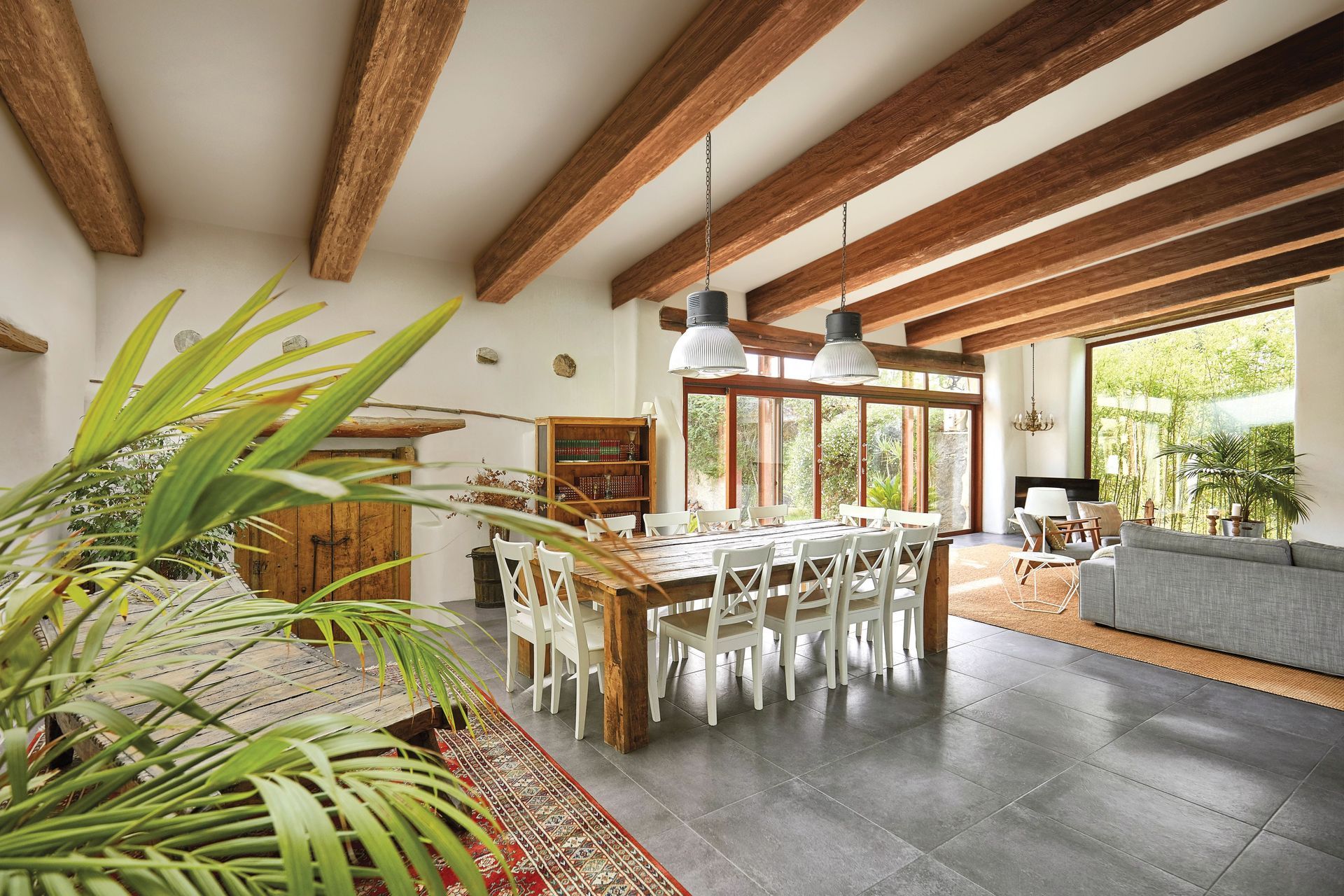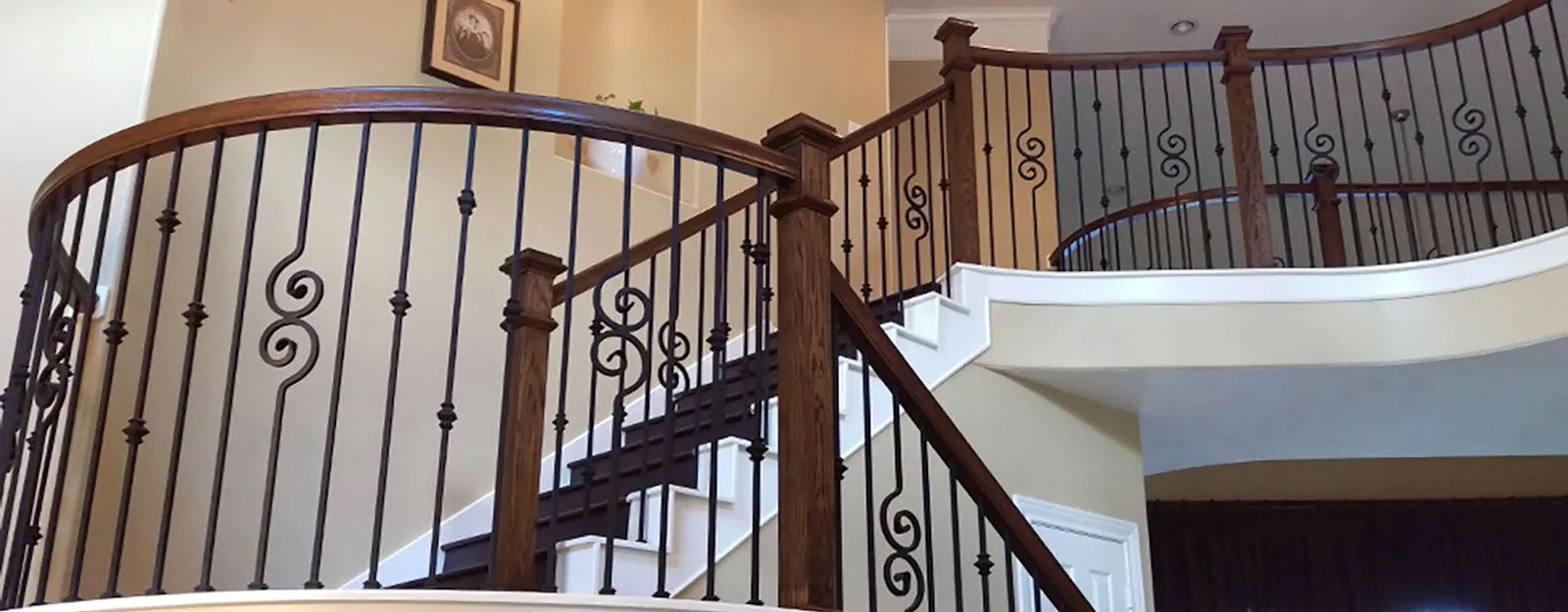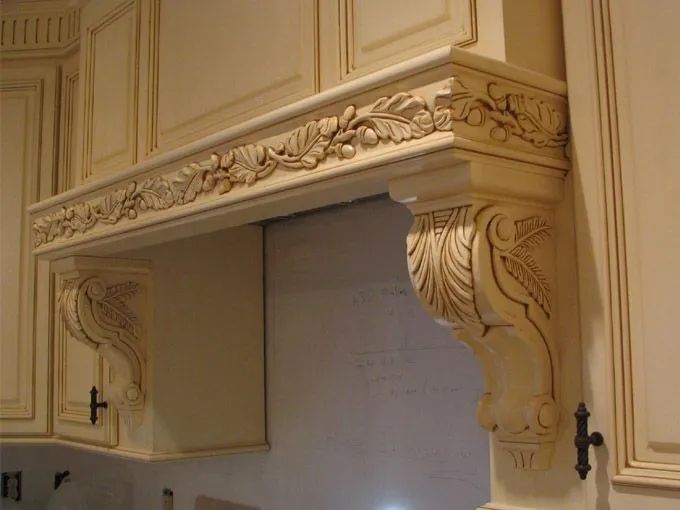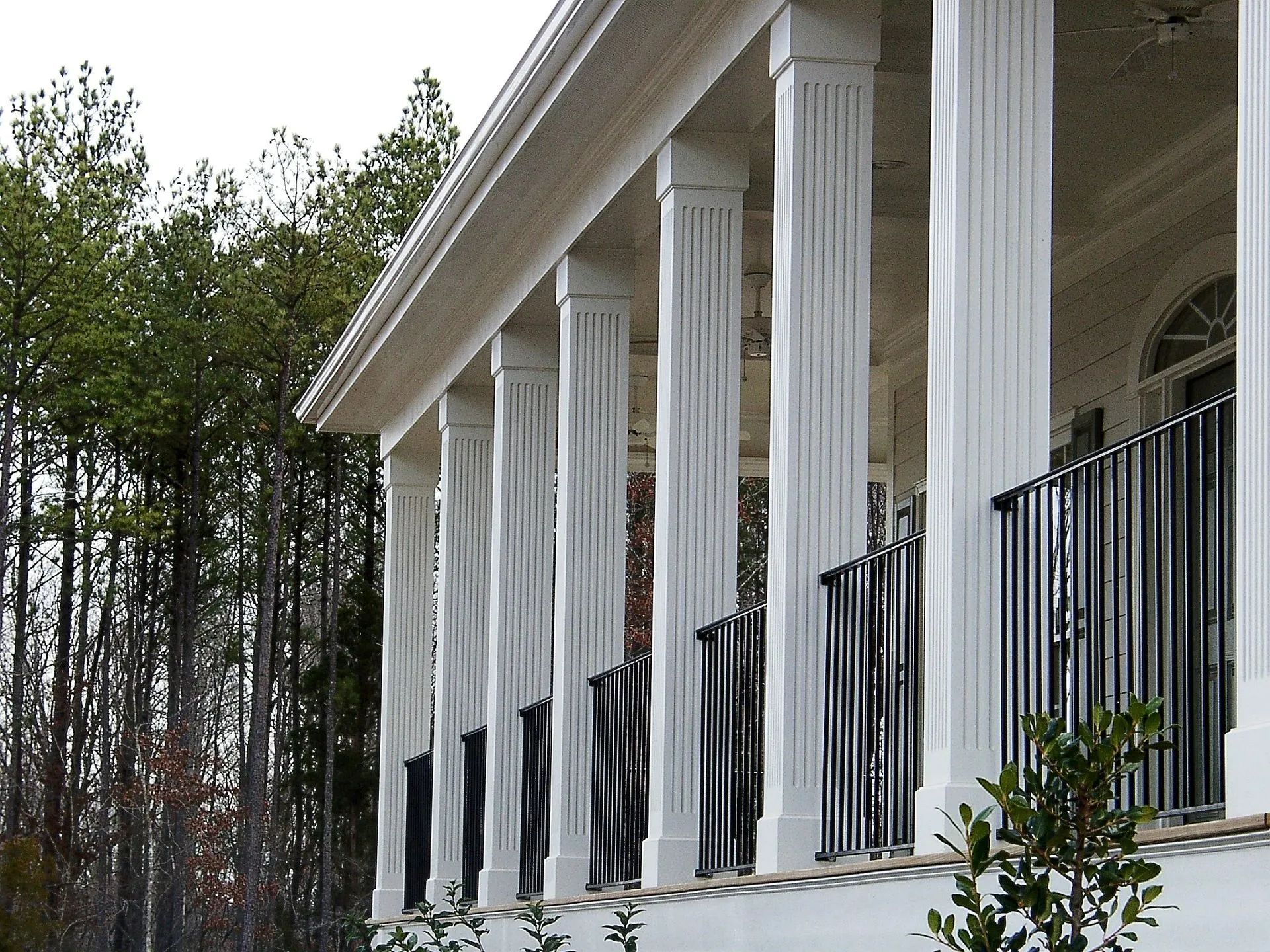A Complete Guide to Faux Wood Beams: Styles, Benefits, and Installation
July 17, 2025

Faux wood beams have become a go-to design feature for homeowners, architects, and interior designers aiming to add warmth and character to ceilings or walls—without the weight or expense of real timber. These lightweight, cost-effective alternatives mimic the appearance of natural wood so closely that even trained eyes sometimes struggle to tell the difference. Whether you're remodeling your home or starting from scratch, faux wood beams can elevate your space with timeless elegance.
Popular Styles of Faux Wood Beams
Faux wood beams come in various styles to suit different home aesthetics. Rustic beams, known for their distressed texture and deep grains, are ideal for farmhouse or cabin-style interiors. Modern faux beams feature cleaner lines and a smoother finish, blending perfectly with minimalist or contemporary settings. For traditional homes, hand-hewn or rough-sawn beams replicate the look of centuries-old craftsmanship. Some manufacturers also offer custom finishes, allowing homeowners to match beam colors with existing décor or woodwork.
Benefits of Choosing Faux Over Real Wood
One of the primary advantages of faux wood beams is their lightweight construction. Made from high-density polyurethane, they are much easier to handle and install than solid wood. This feature is especially helpful in older homes where structural support may be limited. Faux beams are also resistant to moisture, termites, and warping, making them a better long-term investment in many environments. Additionally, they are typically more budget-friendly, offering the same visual appeal without the higher cost and maintenance associated with natural wood.
Where to Use Faux Wood Beams
Faux beams aren’t limited to ceilings—they’re incredibly versatile. Use them to frame doorways, add depth to a vaulted ceiling, or create a grid pattern for a coffered ceiling look. They’re also popular in kitchens and living rooms, where they serve as focal points above islands or fireplace mantels. Outdoor-rated options make it possible to extend the look to patios and pergolas, adding continuity between indoor and outdoor spaces. Whether your goal is decorative or functional, there’s a faux beam style to match.
Basic Installation Overview
Installing faux wood beams is surprisingly DIY-friendly. Most beams are hollow, allowing them to fit over existing framing or structural components like pipes and wires. First, secure mounting blocks or wood cleats to the ceiling or wall. Then, the hollow beam is slipped over and attached using screws through the side. For a seamless finish, many people caulk the edges and apply touch-up stain or paint. Though simple, it’s always best to have professional assistance if the space is large or includes angled cuts and joints.
Faux wood beams are a smart and stylish way to introduce warmth, texture, and architectural detail into any room. Whether you're drawn to a rustic farmhouse look or prefer something clean and contemporary, faux beams offer flexibility without the structural and financial limitations of real wood. If you're ready to transform your home with expert guidance, trust Columns & Carvings, LLC
in Birmingham, Alabama. With 20
years of experience, we’re your local specialists in beam installation and decorative architectural products. Contact us today to discuss your next project.




